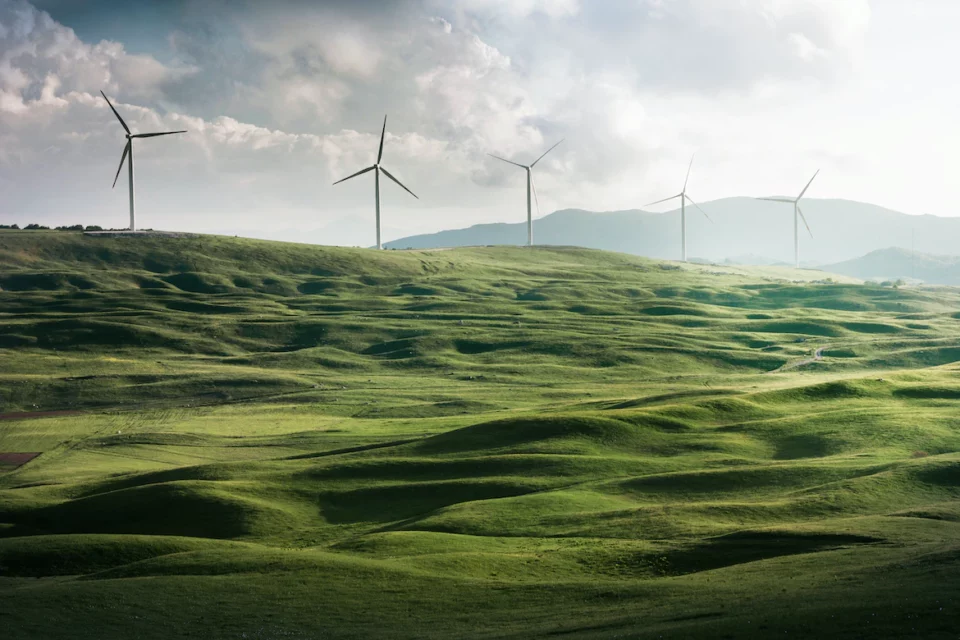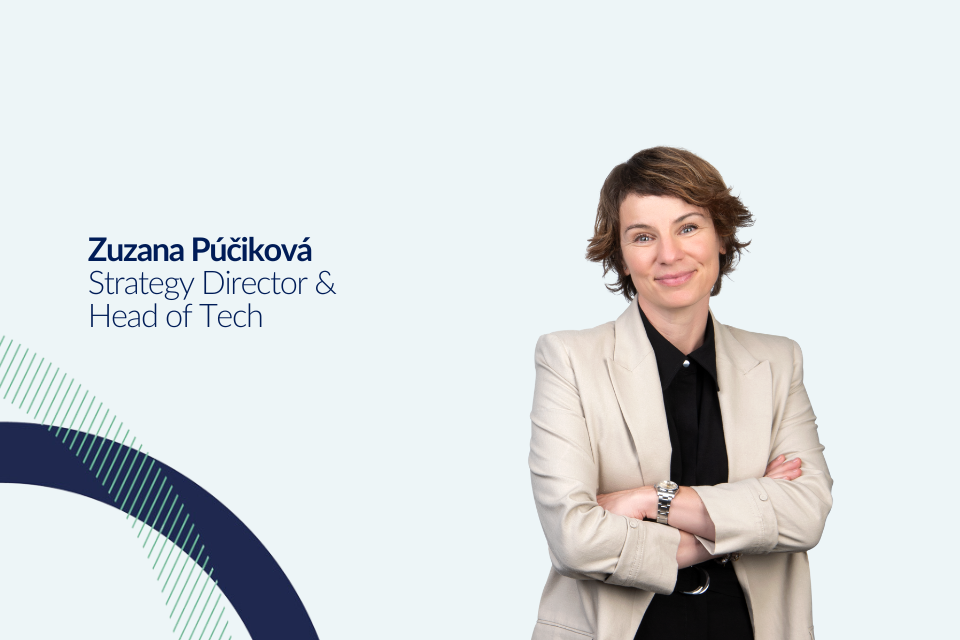Will the EU stay Fit for 55?

Photo by Kalashnikova on Unsplash
Anneleen Ghekiere and Klara Orlowska look back at what has been a major energy year and question whether the EU will manage to stay on track for FF55 while solving the energy crisis.
Klara Orlowska is a Sustainability Consultant at Acumen Public Affairs, supporting clients on various sustainability matters ranging from the decarbonisation of the construction sector or the balance between fighting climate change and public health, to the strategic analysis of EU energy policies impact on the industry.
Anneleen Ghekiere is a Sustainability Account Manager at Acumen Public Affairs, advising clients on wide range of climate, energy, and mobility issues and supporting them on the road towards net zero through the development and execution of targeted EU public affairs strategies.
Last summer, the European Commission proposed a major revision of the EU’s climate and energy legislation: the Fit for 55 package (FF55). The goal? Set Europe on track towards the objective of a 55% emissions reduction by 2030 and climate neutrality by 2050. Things have, however, changed enormously over the past year. We have witnessed the EU pass from an energy price emergency to a full-blown energy affordability and supply security crisis following the Russian invasion of Ukraine.
As the Brussels Bubble wakes up from its summer dormancy, it is time to reflect on what has been a major year for EU energy policy and what may come next.
Fit for 55: protecting industries vs climate ambitions?
Last summer, the Commission released the now familiar FF55: 14 legislative proposals related to climate, transport, and energy. The package spells out how the Commission intends to set the EU on the path to climate neutrality through a holistic and integrated approach. Despite these efforts, much ambiguity remains around how the package will coherently foster long-lasting green economic growth while preserving the EU’s industries, citizens’ rights, and adjusting to fast changing geopolitical and economic realities. Whether the EU is up for the challenge will become clearer over the next few months.
Over the past year, we have seen a battle between two visions of the FF55, sometimes wrongly perceived as irreconcilable: the EU’s climate ambition versus thriving European industry. But these are not mutually exclusive; new green rules, standards, and requirements for various sectors of industry might indeed be difficult to implement, but they also represent a unique opportunity to for innovation, creating new models and patterns that will allow Europe to meet its climate ambitions and set an example for international partners.
Repowering Europe while staying on track for staying on track for 2030 targets
Around the same time that the FF55 was published, energy prices began rising across the continent. This was initially caused by an increased demand for gas as COVID restrictions were lifted and bad seasonal conditions (remember last summer when it only rained?), resulting in less renewable energy generation. Originally, the Commission had forecasted that energy prices would return to normal levels in April 2022. 5 months on, however, prices continue to reach all-time highs almost every day.
The situation worsened after the Russian invasion of Ukraine, turning energy supply concerns into a top priority for policymakers. From temporary price caps and tax cuts to mandatory gas storage targets and increased focus on energy saving (read: gas), the Commission presented a whole series of measures to tackle rising prices and move away from (Russian) fossil fuels. The latest ‘Save energy for a safe winter’ communication introduced an ambitious 15% gas saving target, but the proposal was significantly watered down by Member States, who added exemptions and flexibility measures. Will turning down the thermostat and taking cold showers be sufficient to get us through the winter, or will stricter measures be necessary to make sure Europe does not freeze to death?
One thing is clear: the crisis has placed the ‘energy trilemma’ front and centre for policymakers. Tension between staying on track with decarbonization objectives while ensuring affordability and security of supply is of pressing concern. Indeed, the current situation has drastically changed the Commission’s priorities. While it is still enthusiastically advocating for a scale-up of renewable energy sources and energy efficiency measures to quickly reduce the EU’s dependence on Russian fossil fuels, the Commission is also promoting short-term buffer solutions such as ‘fuel switching’ (i.e. using coal to save gas) that negate its own climate goals.
When will these temporary measures end? While the Commission repeats every day that we should not lose sight of the bigger picture, it allows Member States to do precisely that. If the energy crisis goes on for much longer – as it seems it will – these carte blanche measures risk hampering Europe’s climate neutrality ambitions.
What’s next
Coming up, we can expect the FF55 trialogues to reach agreements that will try to reconcile imperative cross-sector energy reduction targets with their transformation into sustainable and efficient policy. These sectors will also play a role in boosting Europe’s strategic autonomy – making it less dependent on external energy and resource suppliers and more capable of fulfilling its own needs.
While Member States have introduced multiple levels of flexibility, which risks fragmenting the regulatory across the EU, both the Gas Storage Regulation and the Save Gas Regulation were adopted in record time, proving once again that the EU countries can take immediate action when faced with a brutal EU-wide crisis.
Czechia, currently at the helm of the EU Council, has dubbed energy security its main priority – especially the implementation of the short-term objective to reduce dependence on Russian fossil fuels. Although some worry that the EU’s climate agenda will be neglected as energy security becomes priority, the Commission is showing a vigorous commitment to maintaining its high level of ambition. It is also breaking some of its previously established rules, however: the promotion of fuel switching or an endorsement for a longer coal phase-out date would have been unthinkable at the beginning of the year.
At the same time, in a desire to draw lessons of resilience for the EU energy market, the Commission has hinted towards a deep reform of the electricity market design, as several Member States have blamed it for the spike in energy prices. EU Commission President Ursula Von der Leyen has also just come forward with new proposals to tackle the energy crisis, including a mandatory target for reducing electricity use and capping revenues for big energy firms, showing an even more acute intervention of the Commission into national energy markets.
Faced against these substantial challenges, will the EU live up to its ambitions? It can, as long as short-term solutions stay that way – short – and do not provoke a lasting return of a fossil fuel-based energy mix across Europe. Mainstreaming renewable energy sources and energy efficiency across all files proposed in the package is also essential. In short, yes – if policymakers do not lose sight of long-term objectives, despite the long, uphill road ahead, the EU will stay on track for its 2030 climate goals.


